Ancient Rome and Alexandria were both called empires. Why shouldn’t Qin, Han, Tang and Qing dynasties be called empires? (below)
If the empire is understood as a conquest system composed of suzerain and conquered areas, then China has never been an empire. China established a unified centralized country in the Qin Dynasty. Although Ying Zheng claimed to be the "emperor", this unified country was not an empire. China has been the vertical rule of the county system since the Qin Dynasty. All officials are appointed by the imperial court, and there is no entrusted management. As Han Feizi said, China’s ancient state structure is "everything is in the four directions, and it should be in the central government, and the saints should insist on it, and the four directions should be effective". After Qin destroyed the six countries, the whole country was divided into thirty-six counties. From then on, the central government of China was not composed of localities, but was divided by the central government. The central government precedes the local government in logic and time. All the ruling power of the country comes from the central government, and the local government does not have any inherent power. The place is the agency of the central government, and the central government is "like an arm, like an armband" to the place. Therefore, there has never been an empire in the history of China, and the concept of empire has never appeared in the language and writing of China.
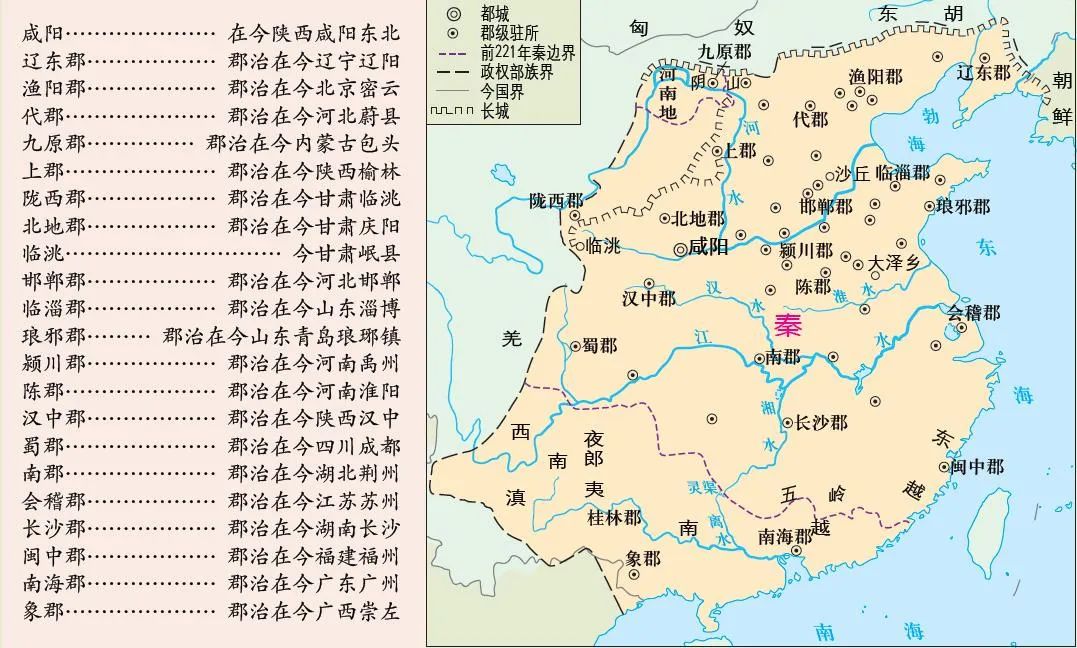
▲ The situation map of the Qin Dynasty. (Source: Outline of Chinese and Foreign History)
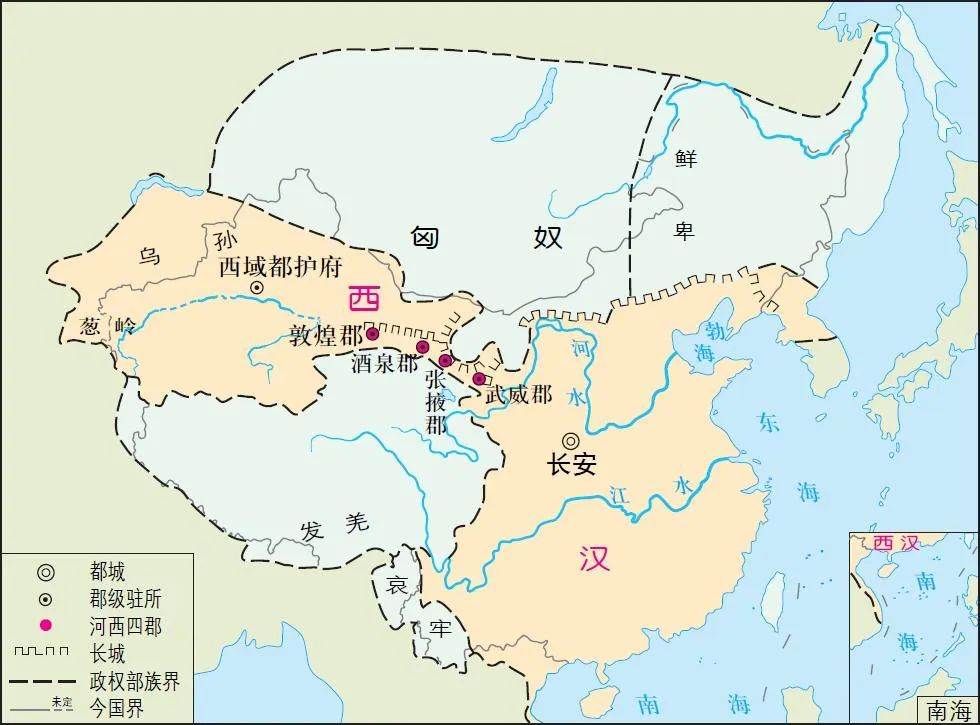
▲ Situation map of the Western Han Dynasty. (Source: Outline of Chinese and Foreign History)
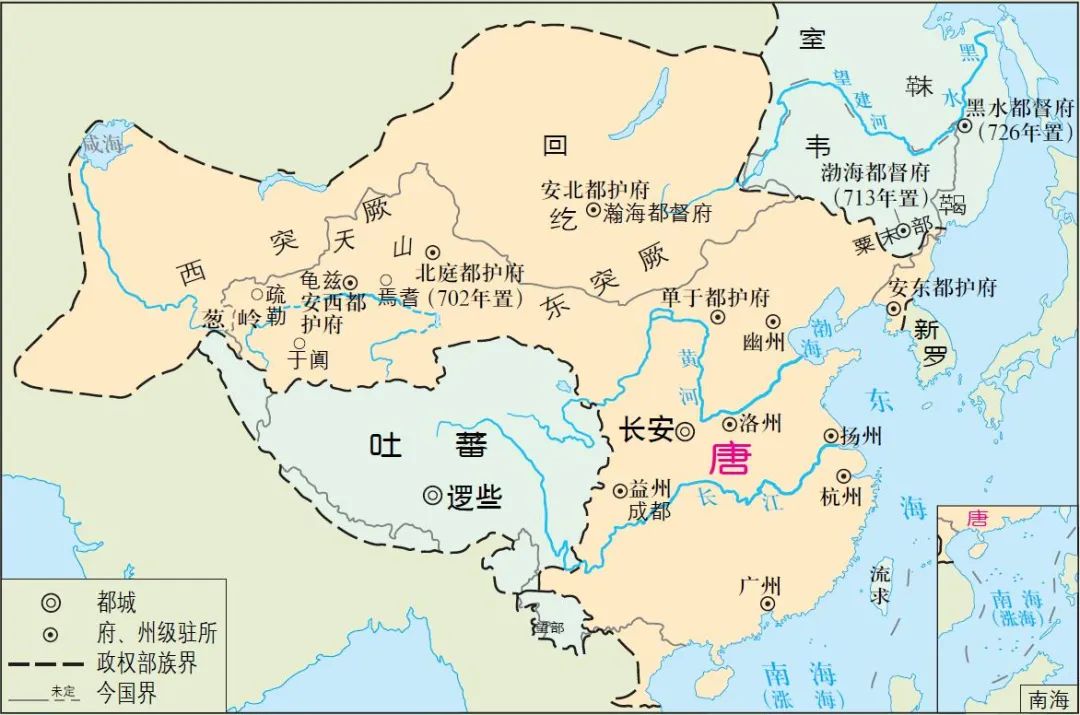
▲ The map of the territory and frontier nationalities in the early Tang Dynasty (669 years). (Source: Outline of Chinese and Foreign History)
At the same time, the ancient Central Plains civilization in China also promoted the homogenization within the unified country. The ancient Central Plains civilization in China is a powerful cultural soft power to attract and integrate the surrounding ethnic groups. Mencius called it "changing foreigners with summer". After the Han Dynasty, people often use Sinicization to explain the process of homogenization of unified China by Central Plains civilization. This is also fundamentally different from the empire where various heterogeneous civilizations coexist.
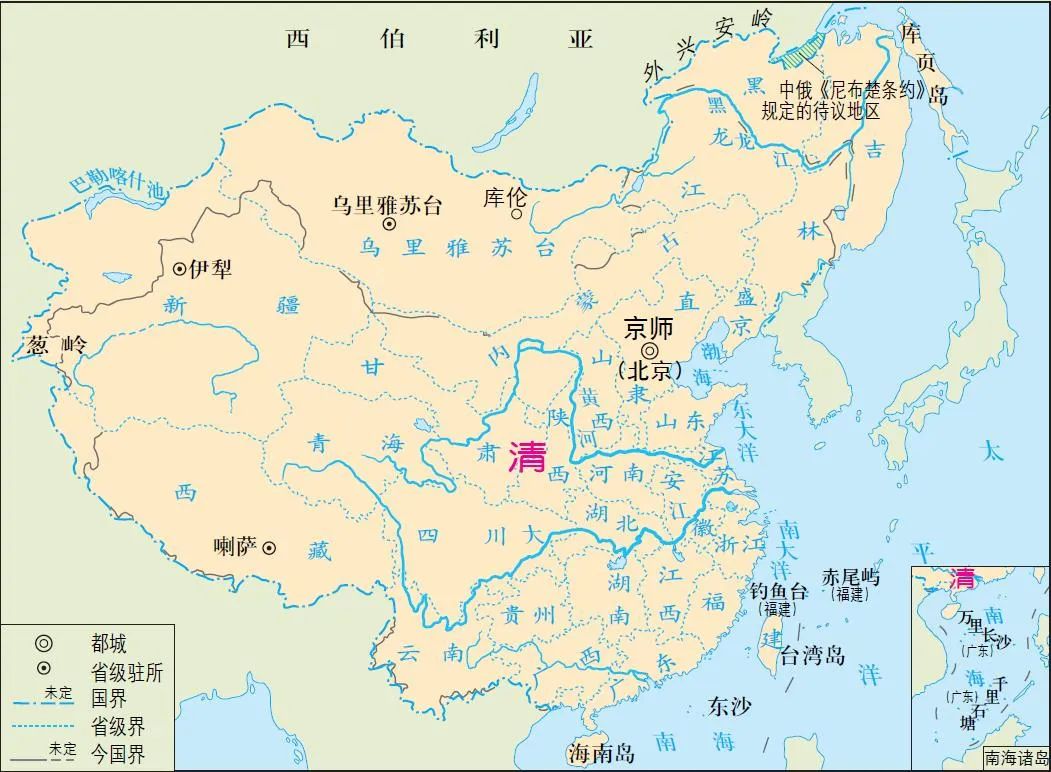
▲清朝疆域图(1820年)。(图片来源:《中外历史纲要》)
如上所述,在西方政治话语和学术语言中,帝国是一个由中央地带与从属地带共同组成的征服体系。如果把中国古代王朝的强盛时期称之为帝国,就意味着中国在古代曾经是一个征服体系。西方一些学者常常把中国的清王朝称之为帝国,认为清王朝的疆域是一个征服了多个领土、多个民族的多层次体系,疆域内各个民族、各个地区都是帝国的板块,只是暂时被清王朝用武力所统治。按照这种观点,清王朝崩溃以后,帝国的一些板块就应当独立出去,就像当年沙皇俄国崩溃以后,各个板块独立出去一样。所以,如果承认清王朝是帝国,就意味着中国的边疆是被清王朝征服的,清王朝一旦崩溃,这些由不同种族构成的边疆地区就应当独立出去。这也是为什么一些西方人支持中国的西藏、新疆独立的原因之一。所以,中国在清代不是一个帝国,这不仅是一个理论问题,而且也是一个重要的现实问题。
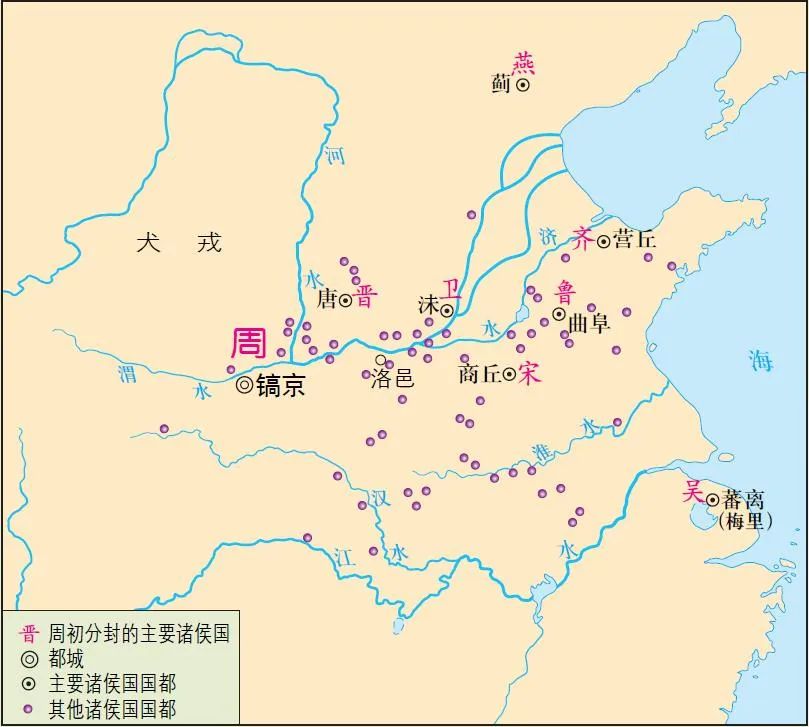
▲ Schematic diagram of the Western Zhou Dynasty. (Source: Outline of Chinese and Foreign History)
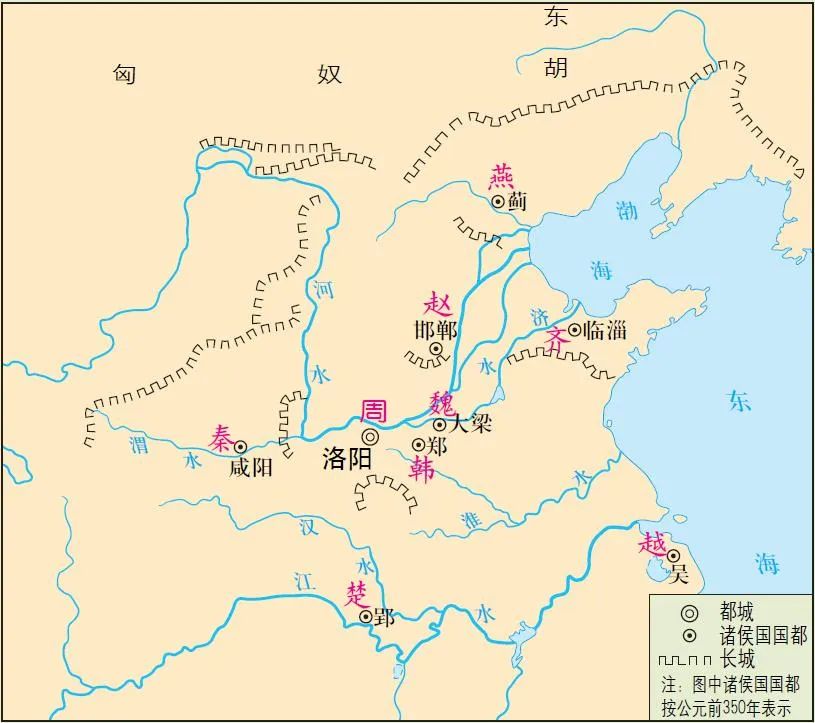
▲ Map of the Warring States Period. (Source: Outline of Chinese and Foreign History)
In China academic circles, some scholars have seriously discussed the concept of empire. But even among some scholars who try to clarify the concept of empire, there are still some vague understandings. For example, some scholars denied that there had been an empire in China since the Qin and Han Dynasties, but they still understood the Zhou Dynasty before the Qin Dynasty as an empire, on the grounds that the Zhou Dynasty’s local rule was not direct, but indirect, which was similar to the western empire. In fact, this is also an inaccurate understanding of the political structure of the Zhou Dynasty. There is no doubt that the centralized political structure of the Zhou Dynasty is fundamentally different from that of the Qin and Han Dynasties. But this difference is not the difference between an empire and a centralized dynasty, but the difference between a feudal system and centralization of authority.
The Zhou Dynasty in history was not a conquest system, but a enfeoffment system formed by the supreme ruler Zhou Tianzi. Within this system, more than 70 feudal vassal States were not conquered and established by the Zhou Dynasty, but were enfeoffed by the Zhou Dynasty according to the merits of being close to each other and defeating the Shang Dynasty. The people of these vassal States were all Chinese. The national political structure of China in the Zhou Dynasty was similar to the feudal system in the Middle Ages in Western Europe, but it was fundamentally different from western empires, such as Alexandria and Rome.
What needs to be clarified is that in history, China’s national structure seems to be similar to that of western empires in some aspects. In the history after Qin and Han Dynasties, China’s imperial court sometimes ruled the border areas loosely, and sometimes it ruled indirectly instead of directly. For example, the chieftain system in the remote areas of China once existed widely, which was called "Jimi system" in ancient times. If ancient China was not an empire, how can we understand that this national structure is similar to the empire?
Personally, I think the most fundamental difference is that China’s idea of unification is totally incompatible with the idea of empire. China’s national construction has a set of political ideas, political theories and a political belief, which is China’s idea of great unification. This idea mainly comes from Legalists and Confucianists, although the two most influential schools in China often argue with each other. China’s system since Qin Dynasty is Confucianism, and the basic framework and system of the country are based on the principle of Legalism, which is embodied in the centralized county system, which is called "the political system of Qin Dynasty is practiced in all generations"; Confucianism, on the other hand, provides the society with general ethics and moral norms, maintains the relationship between people, and also regulates the relationship between monarch and minister.
There is indeed a real problem here. In ancient times, it was really difficult for the central government to implement unified vertical rule in a huge territory. Due to the low productivity in ancient times, such as the level of material development, traffic roads and tools are very backward. This has indeed caused great difficulties to the unified national governance. In the political centers of ancient China, such as Chang ‘an, Luoyang and Peking, it was difficult to implement vertical rule in the border areas. It takes several months to go to Beijing from Guizhou, Yunnan, and vertical management is of course very difficult. However, after Qin and Han Dynasties, unification has become the consensus of Confucianism and Legalism. So from the Qin and Han dynasties, a new system was used — — To manage the border areas by the system of detention. The system of detention is an expedient measure. When the central government is unable to reach the local level and has no way to directly rule, it can temporarily give the place of detention autonomy, similar to the empire’s rule over the conquered place. The system of detention is relatively loose, such as the toast system in the ancient frontier areas of China. You can manage yourself by paying tribute and being loyal to the court.
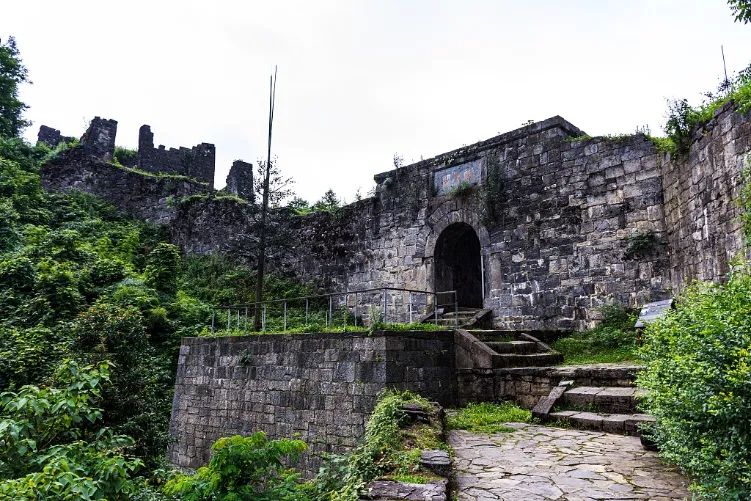
▲ The Hailongtun Tusi Site in Zunyi, Guizhou Province is listed as a world cultural heritage. It is an important place for Tusi Yang in Gubo Prefecture, and witnessed the heyday of the Tusi system. (Source: vision china)
So, does this mean that the detention system is the same as imperial rule? In fact, the difference is very big. China’s thought of unification has been deeply rooted in people’s hearts since Qin and Han Dynasties. Due to the constraints of realistic conditions, the central government can give local governments a lot of autonomy at some time, but these autonomy rights are by no means inherent in local governments. The central government can grant local governments a great deal of autonomy, but because the source of law lies in the central government, the central government has the right to take it back when conditions are ripe. This is the change of soil into the stream in the history of China. This is not the same as the empire. China’s thought of unification has penetrated into the marrow of rulers and literati, and is the core of China’s political culture.
Therefore, for more than two thousand years, China’s detention system is a supplement to the centralized unified system, and the central government has unified all the territories through a set of very complicated and elaborate designs. Sometimes, ancient China looks like an empire on the surface, and even some frontier areas have greater autonomy than the subordinate areas of the empire. However, in China, all the power in the border areas is granted by the central authorities, not the local authorities, and the local authorities have no inherent power. That is to say, the unified county system has never been a conquest system outside the country, although it can’t fail to reach the surrounding boundaries for a while. For the central court, all the border areas have been brought into the unified national framework.
Therefore, from the formal point of view, there are essential differences between the system of imprisonment and the imperial system under the framework of China’s ancient unification. I think it’s necessary to distinguish between the empire and the fetter system in our history. If we don’t make a distinction, it will cause great confusion and threaten the state structure of China now. Of course, the comparative study of the captive system and the imperial system still needs a lot of work, which requires a lot of detailed analysis.

About the author:
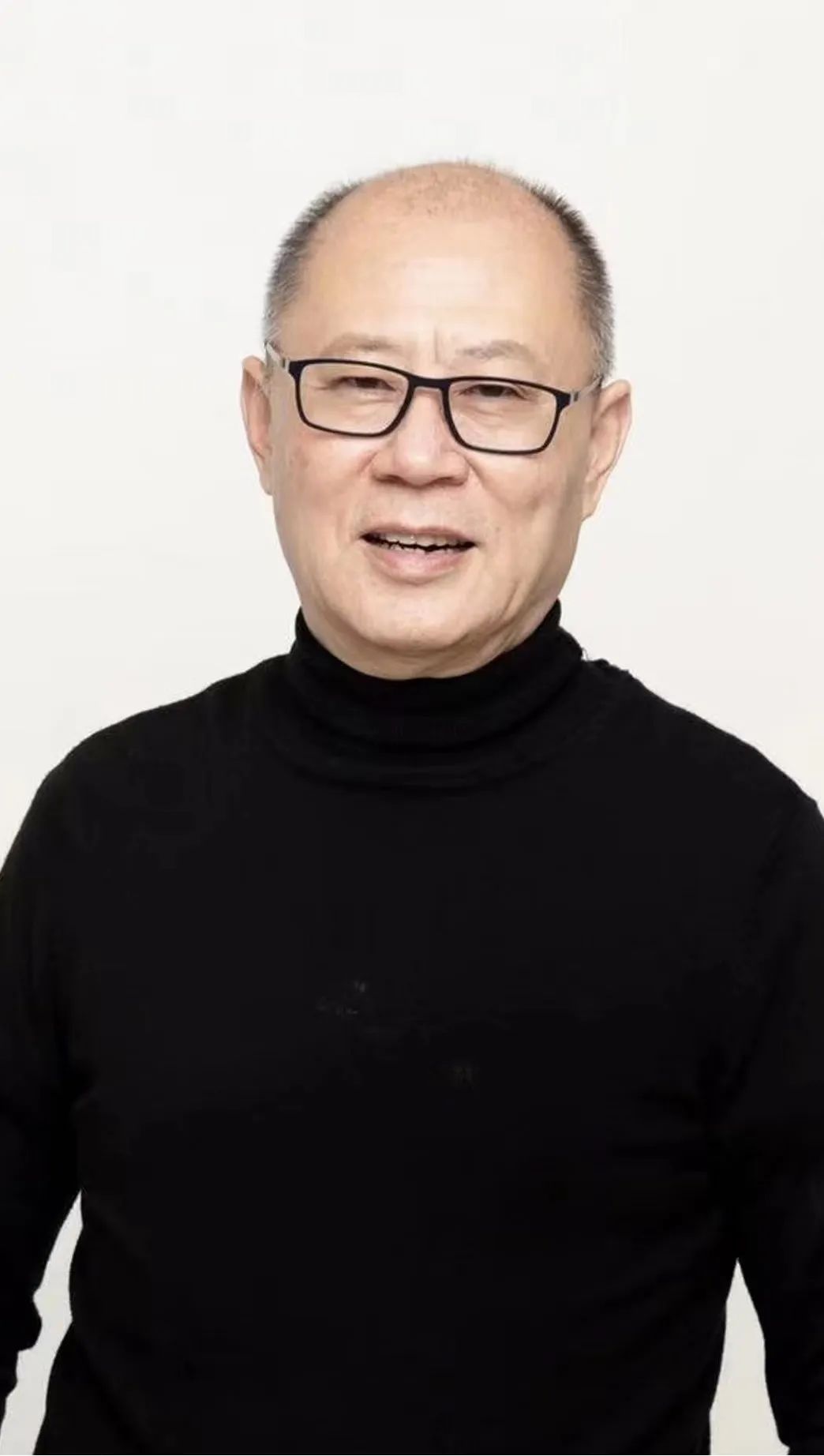
Han Zhu, director of Shangdao Society Research Institute, researcher of China Research Institute of Fudan University, and columnist of Observer Network. In the 1980s, he taught western philosophy in China universities. In the early 1990s, he did research on comparative politics and the development of contemporary China in new york University and Columbia University. He has published works such as China Power and Historical Genes of China Road.
Producer | Yang Xinhua
Overall planning | Hu Jun, Liu Jia
Writing | Yang Chao
Editor | Guo Hui
Production | Hu Qi